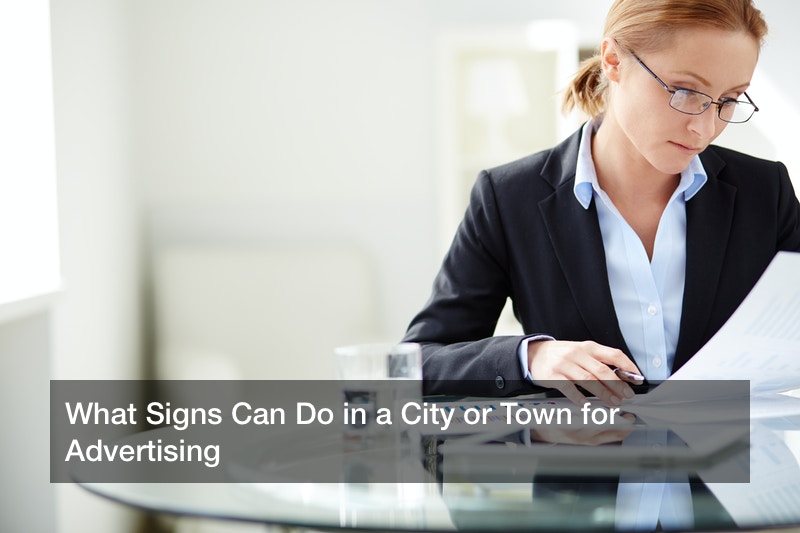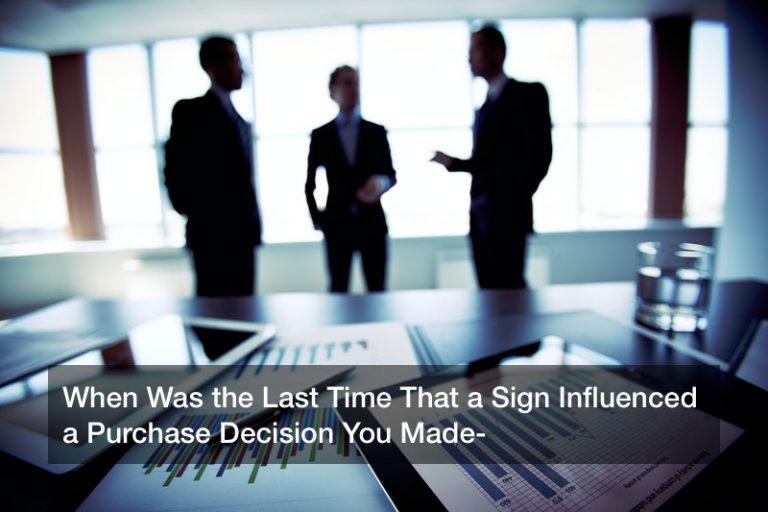

Even with the rise of the Internet, social media, and e-mail, physical signs such as a school marquee, full color LED signs, business signage, and posters have not lost any of their power. In fact, they may be a welcome sight as relief against the constant bombardment of information online, and fatigue from the Internet is very much a reality for some people. What is more, sometimes online messaging is suspect because of the common use of spyware, computer viruses, and other malicious software, and cyber-crime is a reality. This is not to say that the Internet is hopeless; many companies and businesses today make effective use of social media presences and well-designed websites can convey a lot of information to customers all across the nation, and Internet campaign ads are a great idea for brand names that exist across the United States today. But still, signs such as a school marquee, signs over a store’s door, posters, and even billboards are still relevant and effective.
The Power of Signs
A lot of research is done to study new marketing techniques for advertising, and today, many brand names use a dual approach of Internet campaigns and setting up physical signs on their premises or elsewhere in an urban center to promote their brand, or advertise new products or upcoming sales or discounts. What does all this marketing research show? For one example, it has been determined that on-site signage may have the same advertising power as 24 full-page newspaper ads per year, and what is more, about 85% of a typical business’s customers live within a five-mile radius of its premises. This means that, in a town or city, a person going outside may be exposed to that company’s brand name or other advertising as often as 50 or 60 times per month, or even week in densely crowded urban areas. And in many cases, a customer will only know about a company’s name or its products or services due to the signs nearby, and this can rapidly increase traffic to a business. Such signs may be placed over the front door, or they are held aloft on the roof or they may even be a sign set up on the sidewalk. Many political candidates running for office will use billboards to advertise themselves and their take on local issues, and many voters only learn about these candidates through those signs. What are some common varieties of signs that may be seen today?
Types of Signs and Their Purpose
Public buildings such as a school, church, or synagogue may make use of scrolling marquees to share messages to attendees about upcoming events or other updates. A school marquee, for example, is an electronic display on the school campus that can be programmed to show various messages. Such a school marquee may be placed where it can be seen both by pedestrians and by people driving by the premises, and a school marquee may advertise upcoming sports events or a fundraiser breakfast, or it may even have messages about the school being closed on certain days. Something similar can be done with a church, synagogue, or other place of worship to inform attendees.
Billboards are often positioned by roads, usually in suburban or rural areas where there is not much else to look at, and many drivers today report in surveys that they indeed look at the messages on these billboards. Often, billboards advertise political candidates, as mentioned above, or local shops or attractions, or even law firms. Billboards can rent out their ad space, and a client company can pay for the ad space as long as they want. Lights may be set up to help illuminate the billboard at night.
Indoor signs are also effective, such as posters or small signs near products like produce in a grocery store. The battle for a consumer’s attention does not end when an outdoor sign entices a customer to walk into the store. Inside, many brands are competing for attention, and they are designed to get a consumer’s attention and appeal to them with packaging and prices. Posters on store walls can advertise upcoming events or sales or discounts, or even new items in stock.




